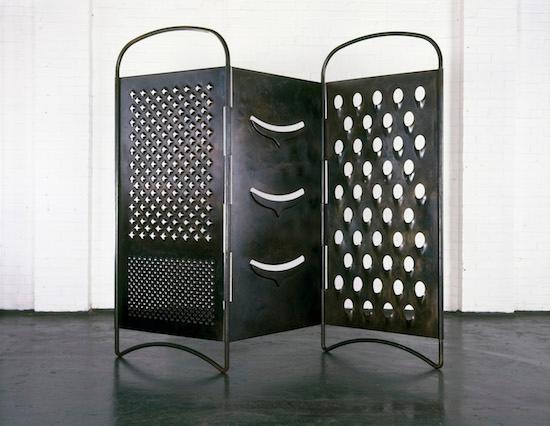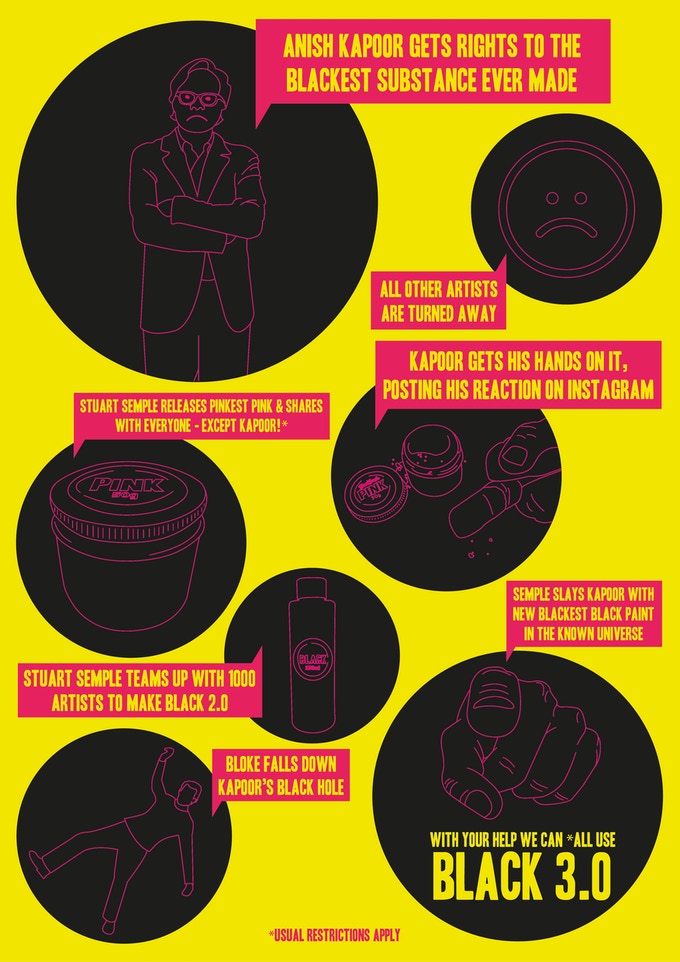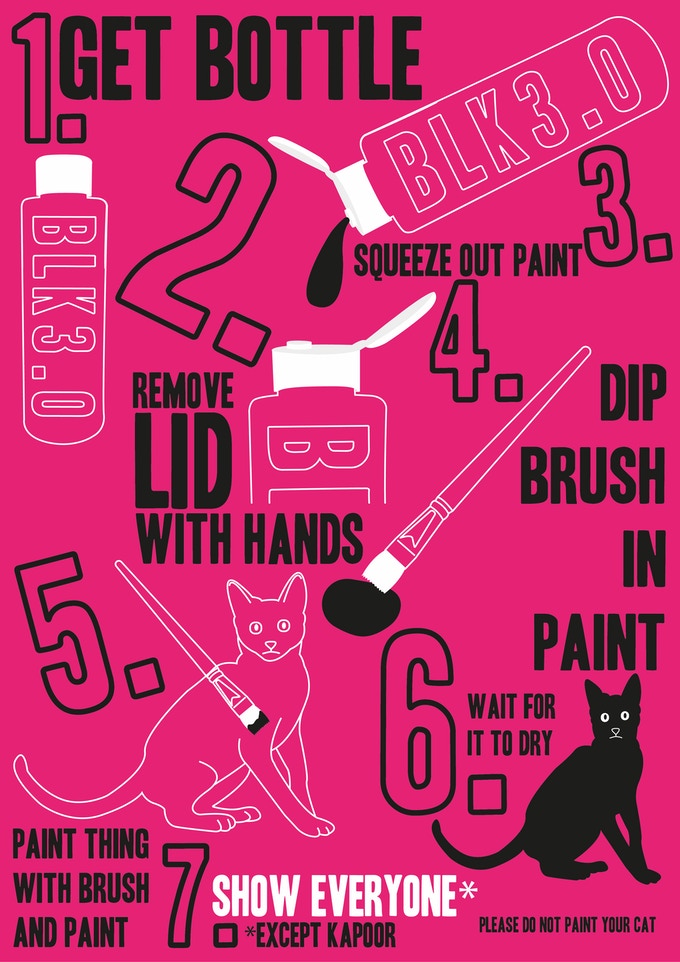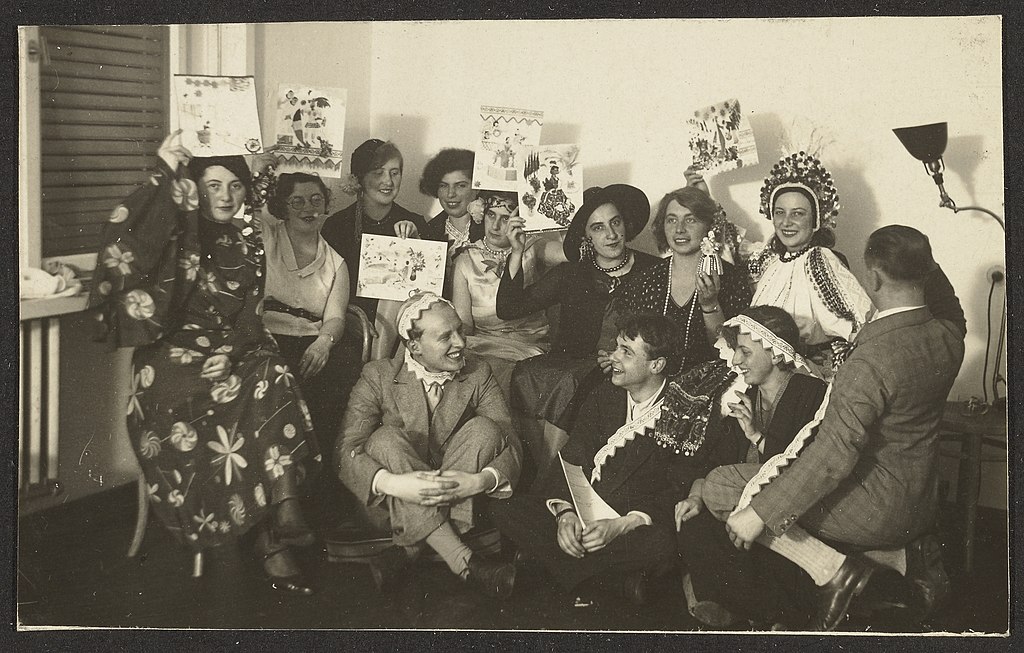 Otti Berger and friends, c. 1930
Otti Berger and friends, c. 1930
1898-1944
Murdered by the Nazi regime
Like many female members of the Bauhaus, Berger was sequestered to the weaving department – a suitably womanly domain. However, Beger distinguished herself as a great innovator with a profound understanding for the materiality, construction and composition of her designs. Known particularly for integrating unorthodox materials like new plastic and celluloid fibers into her work, and being the first woman ever to receive a production patent for her textile designs.
With collections preserved in national museums worldwide, Berger is regarded as one of the great pioneers of textile production and design in the 20th Century.

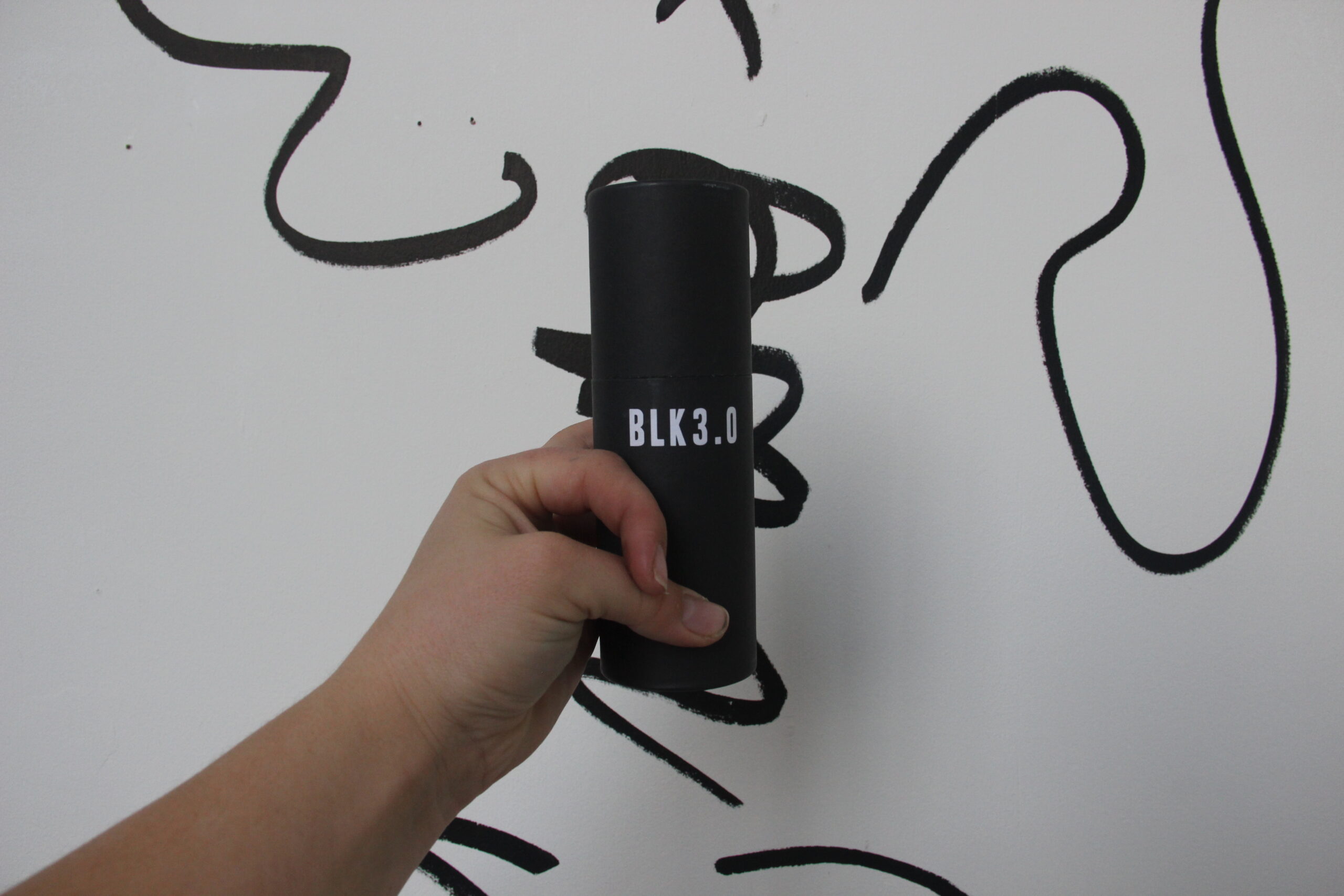
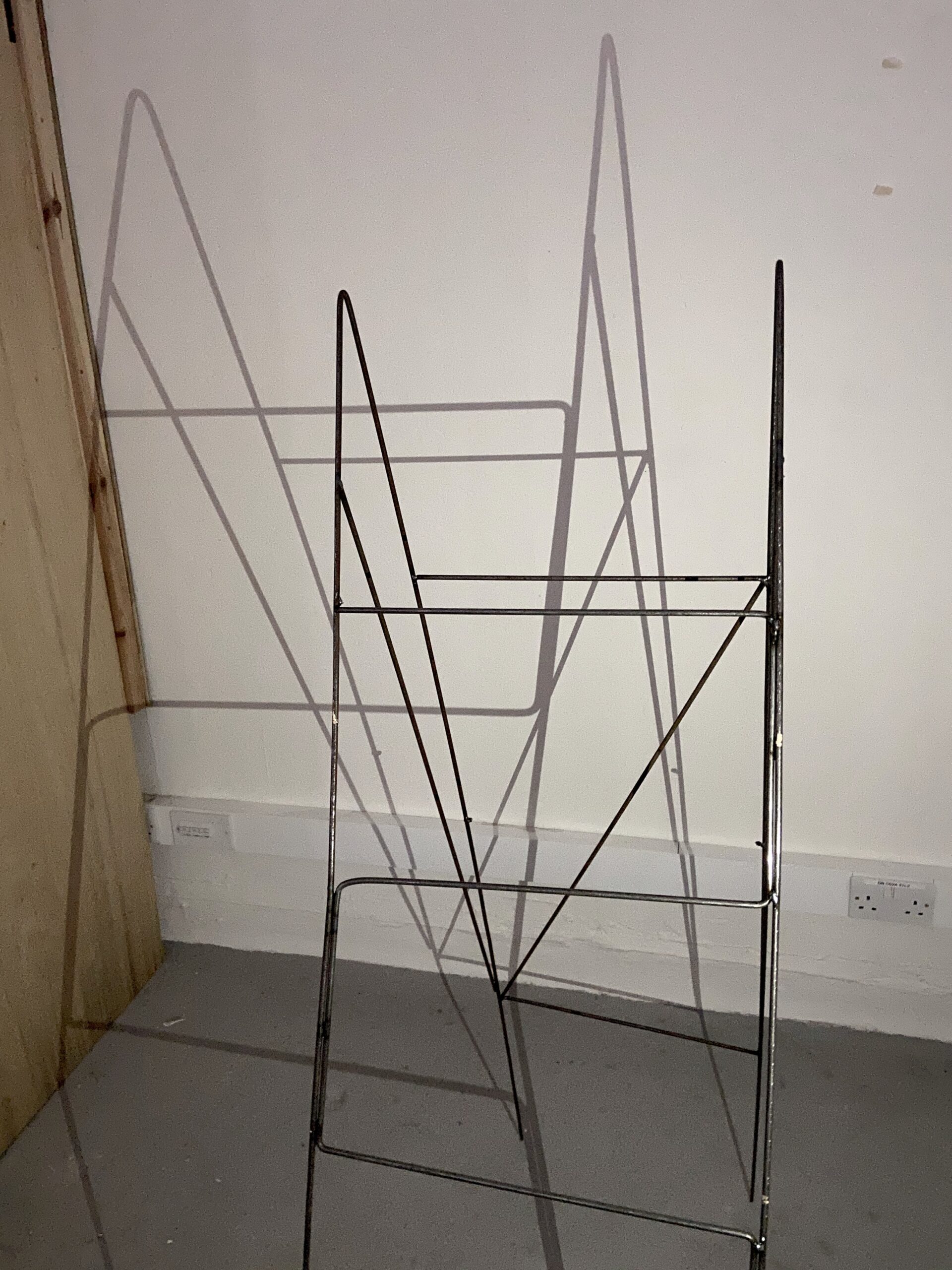
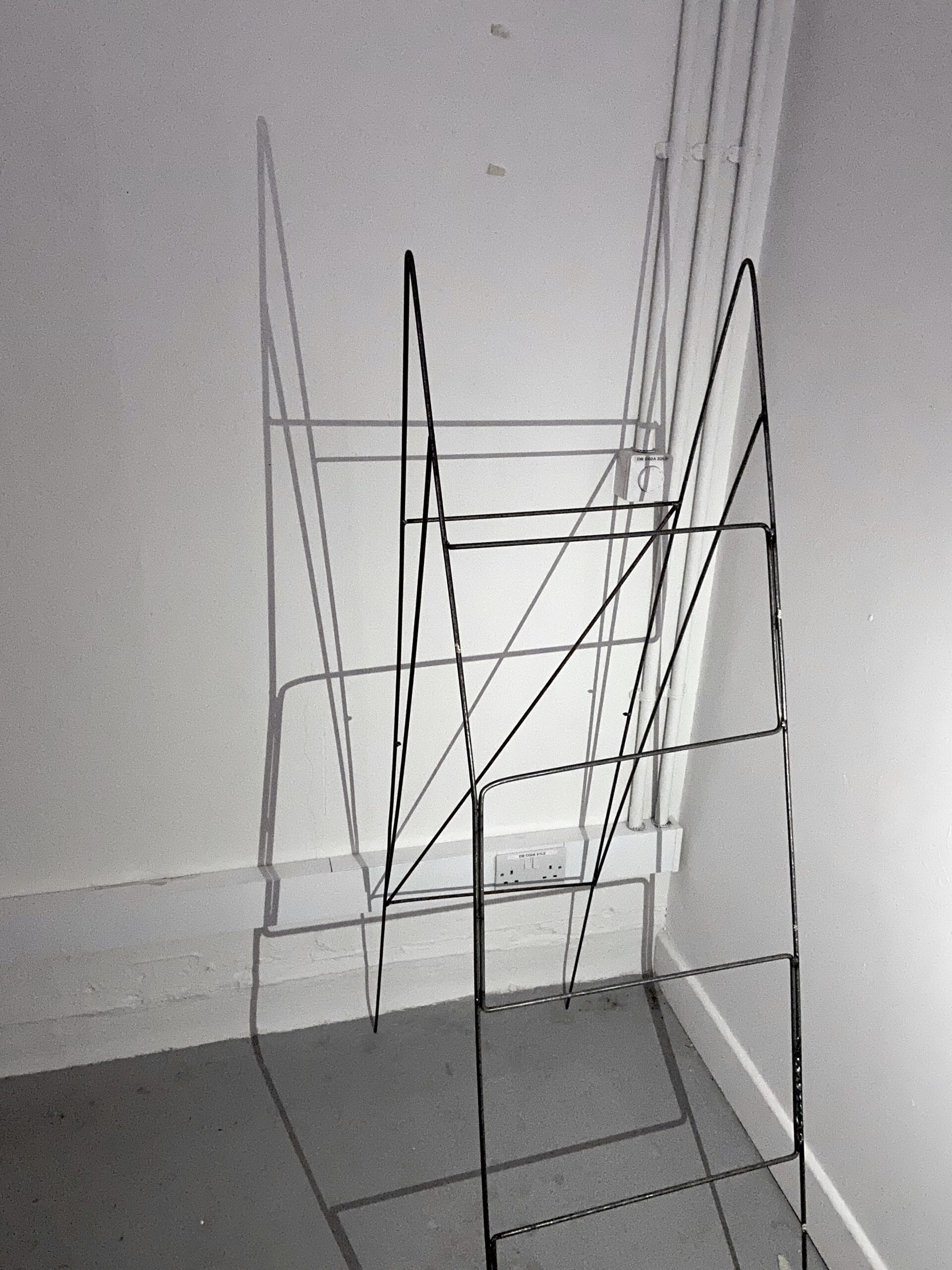
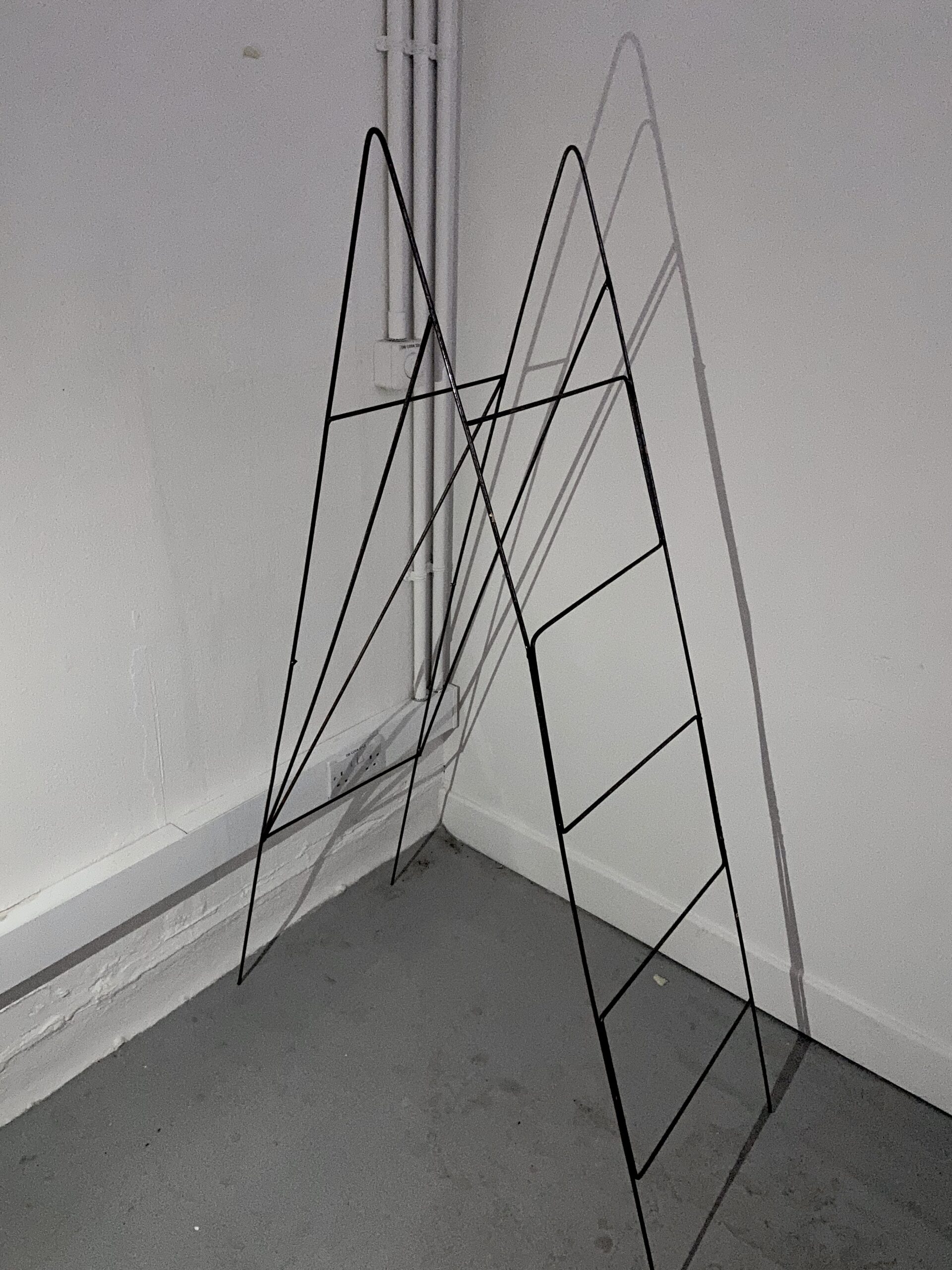
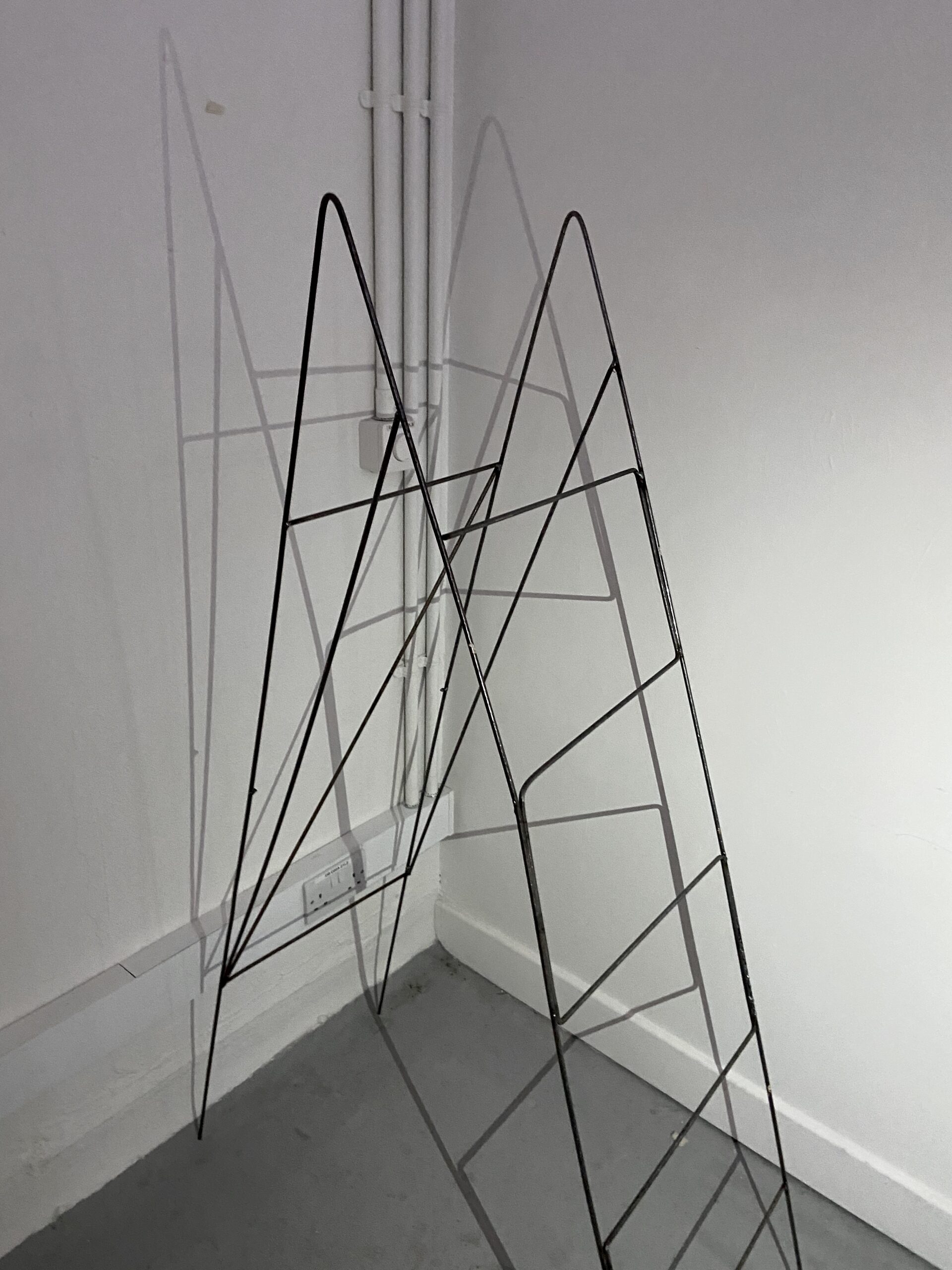
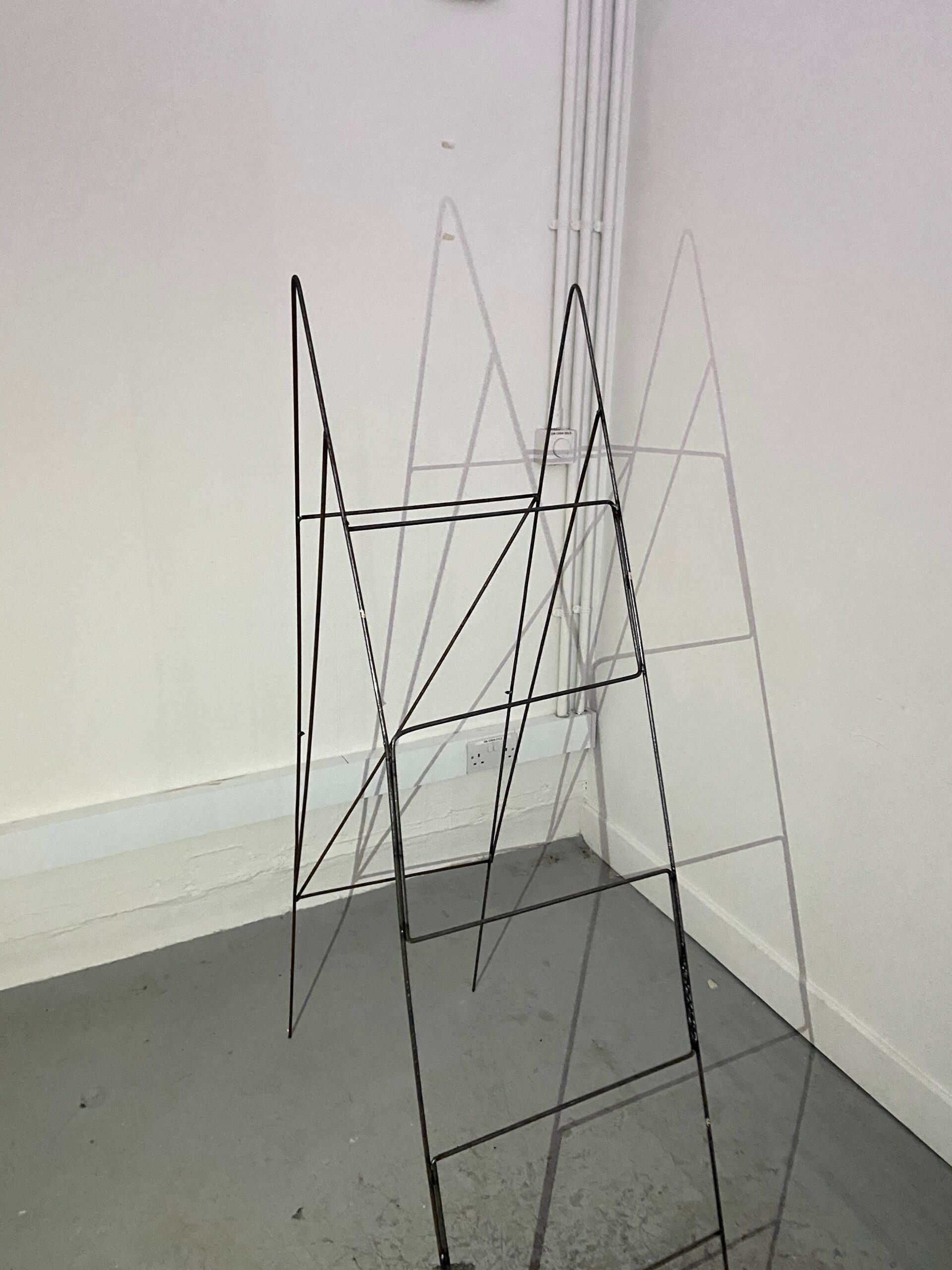

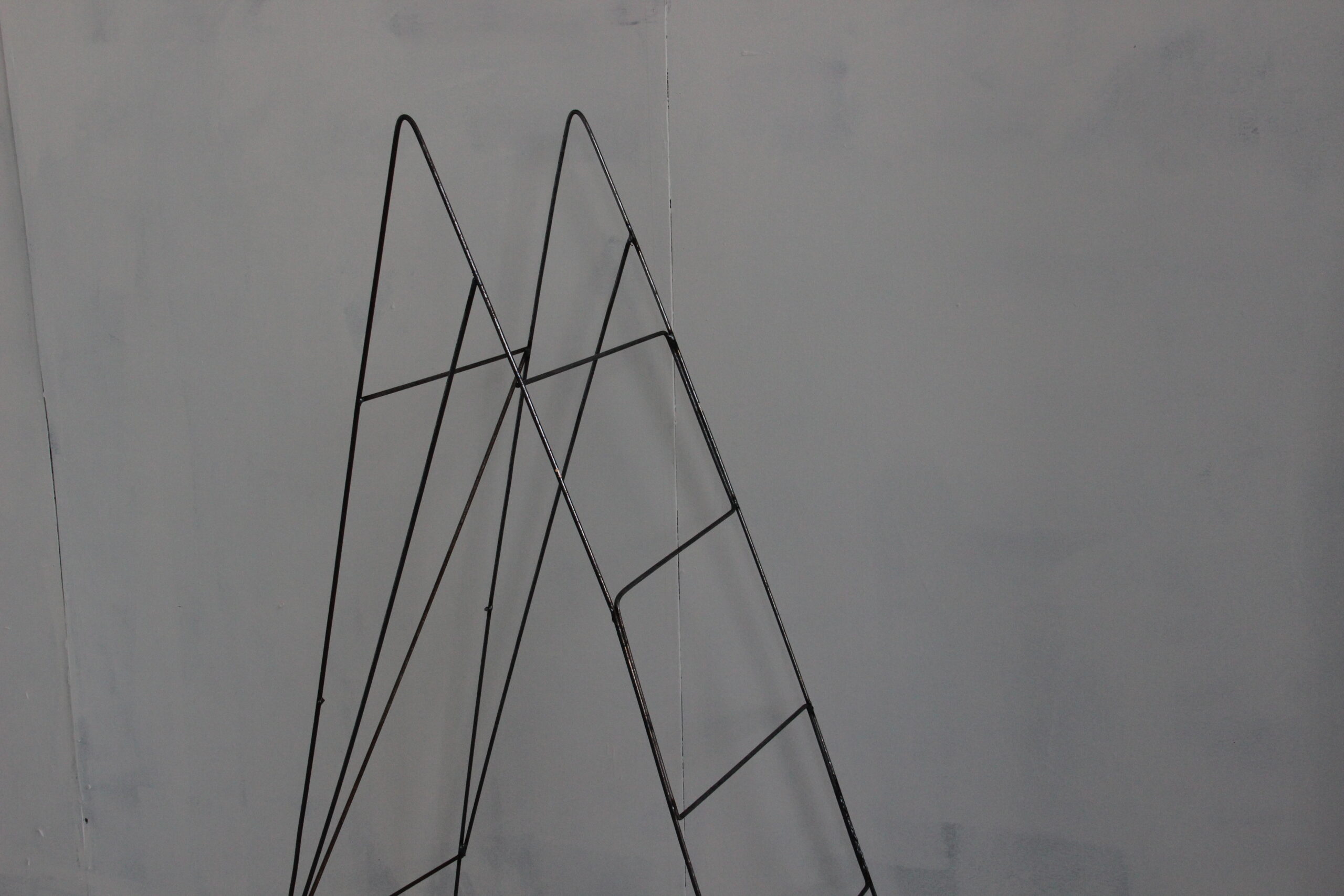
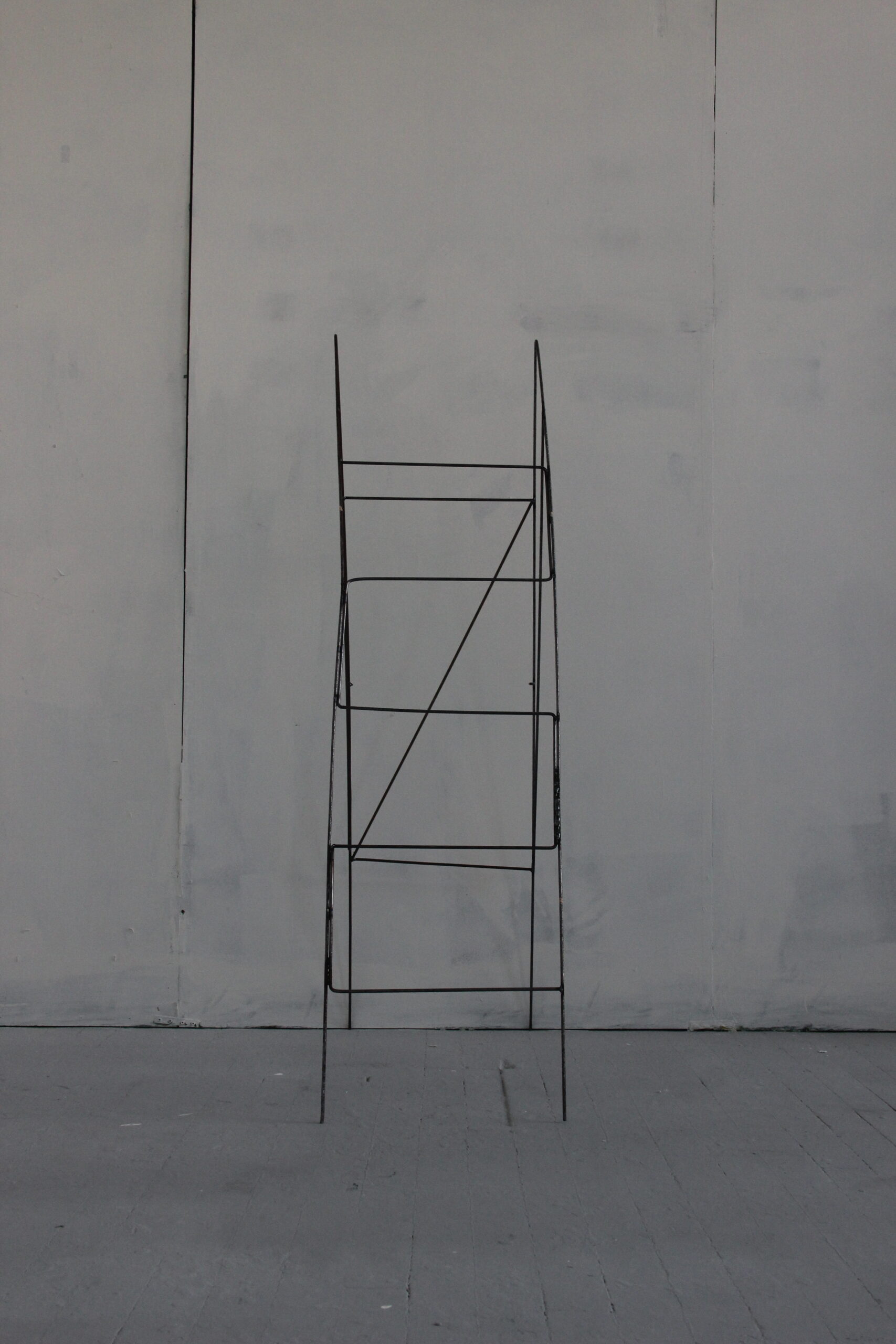
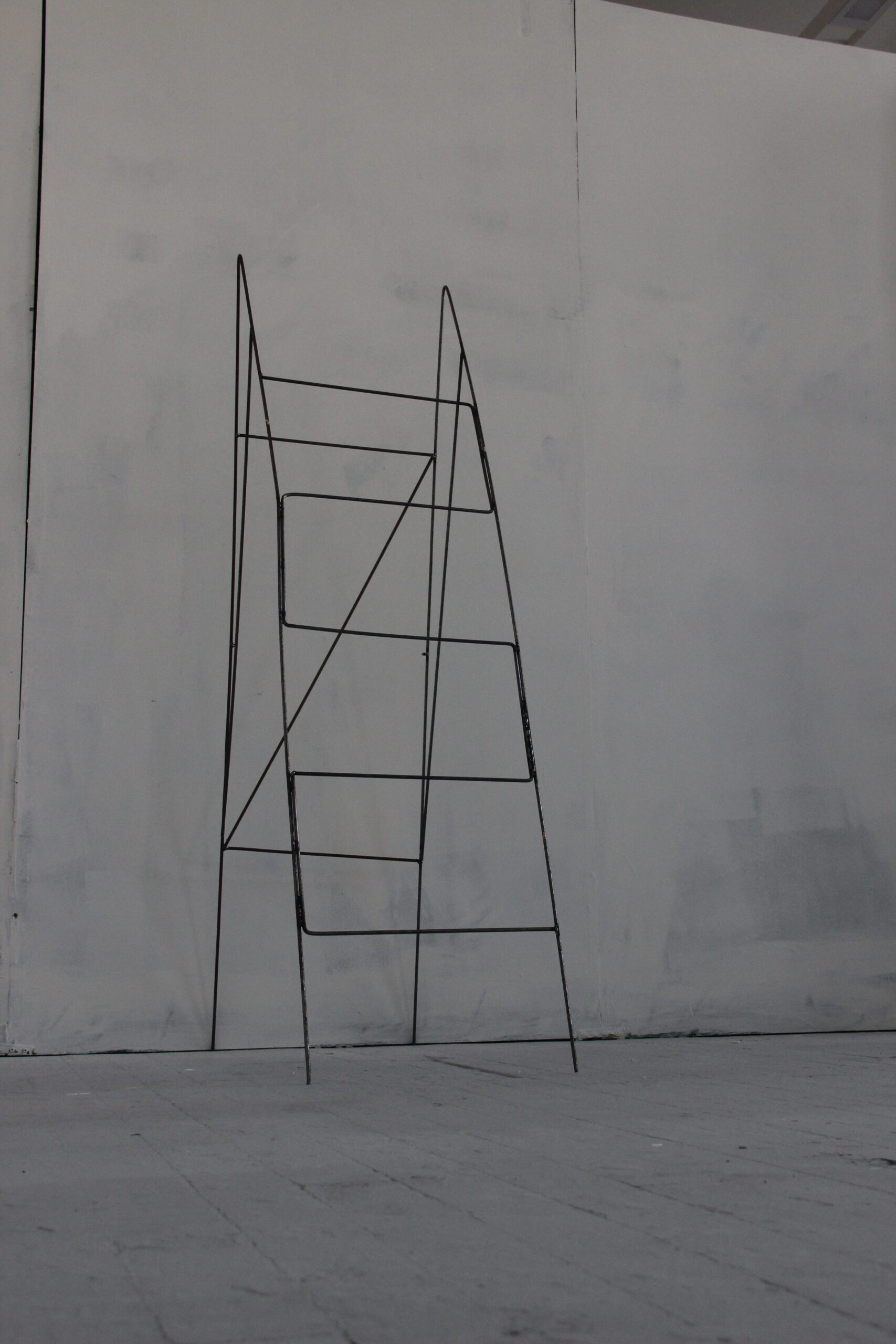
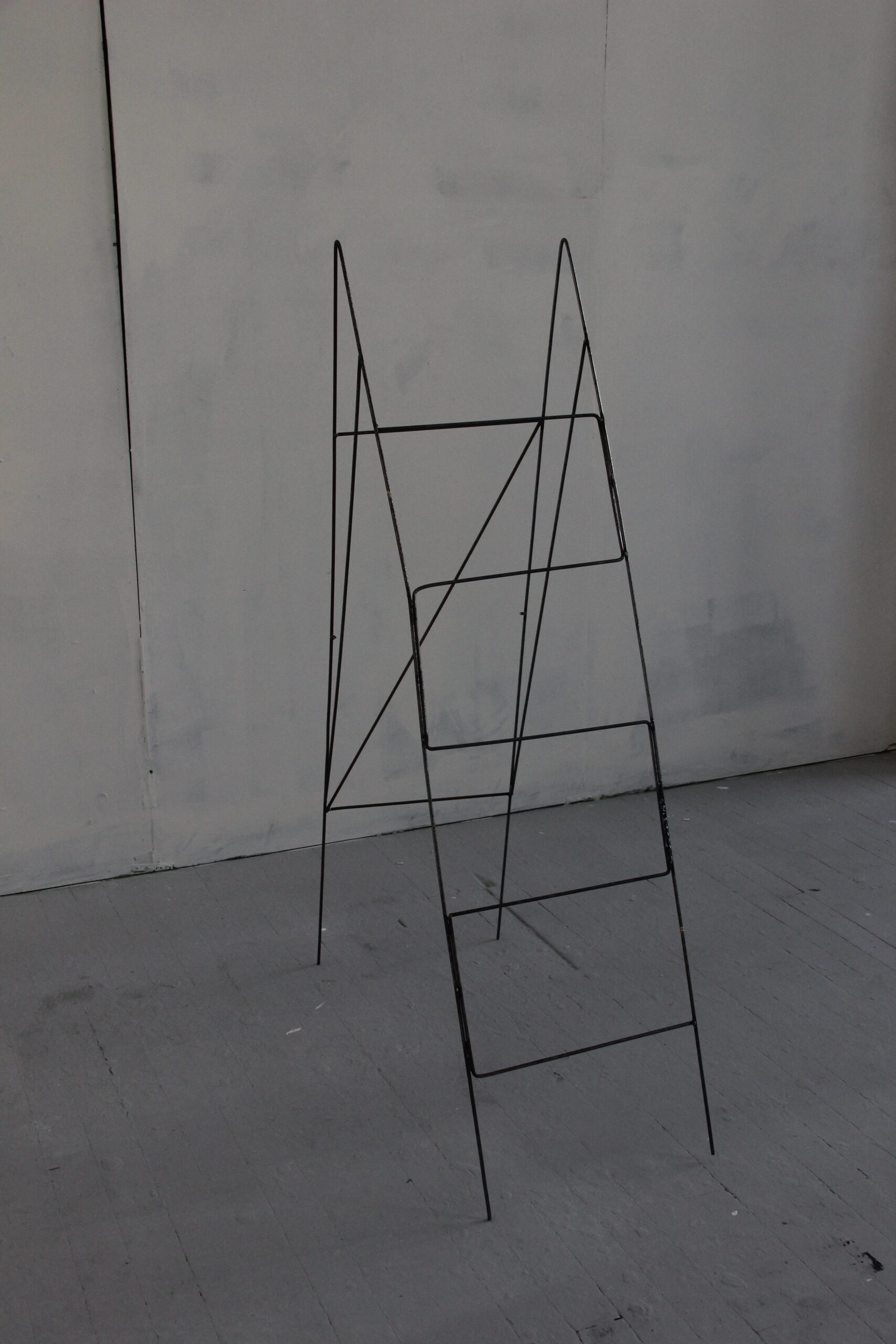
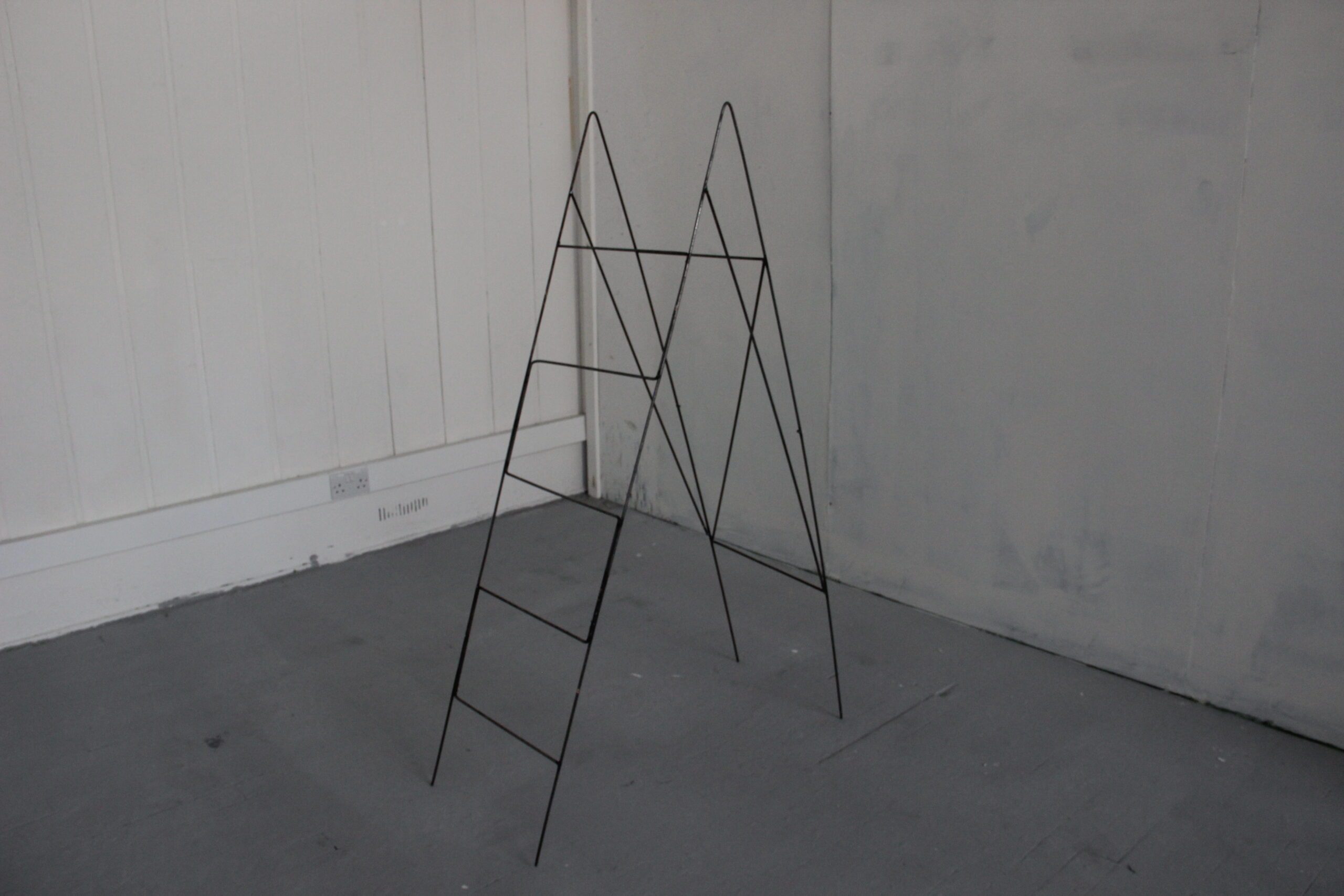

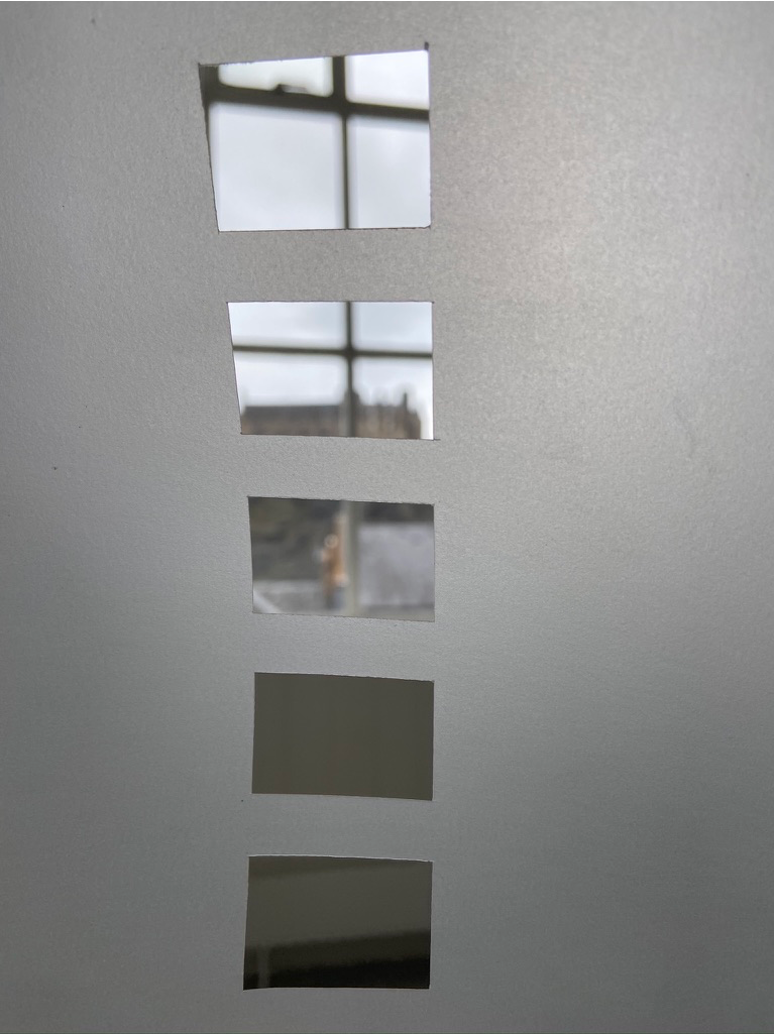
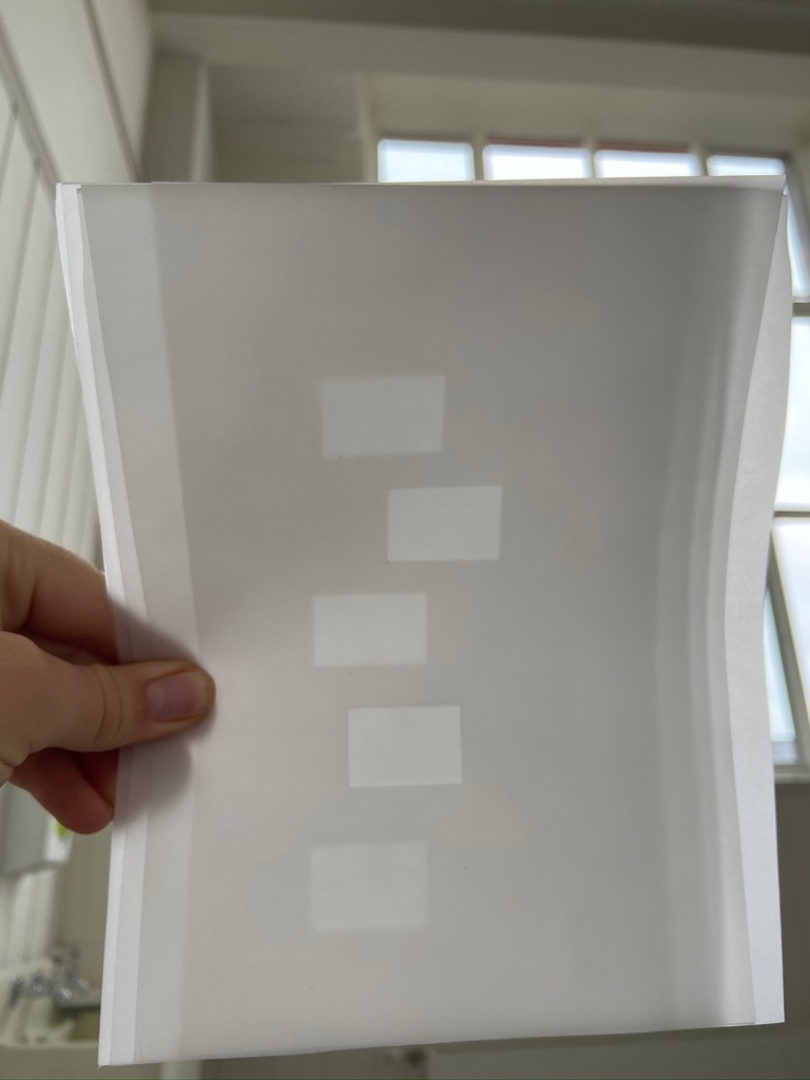
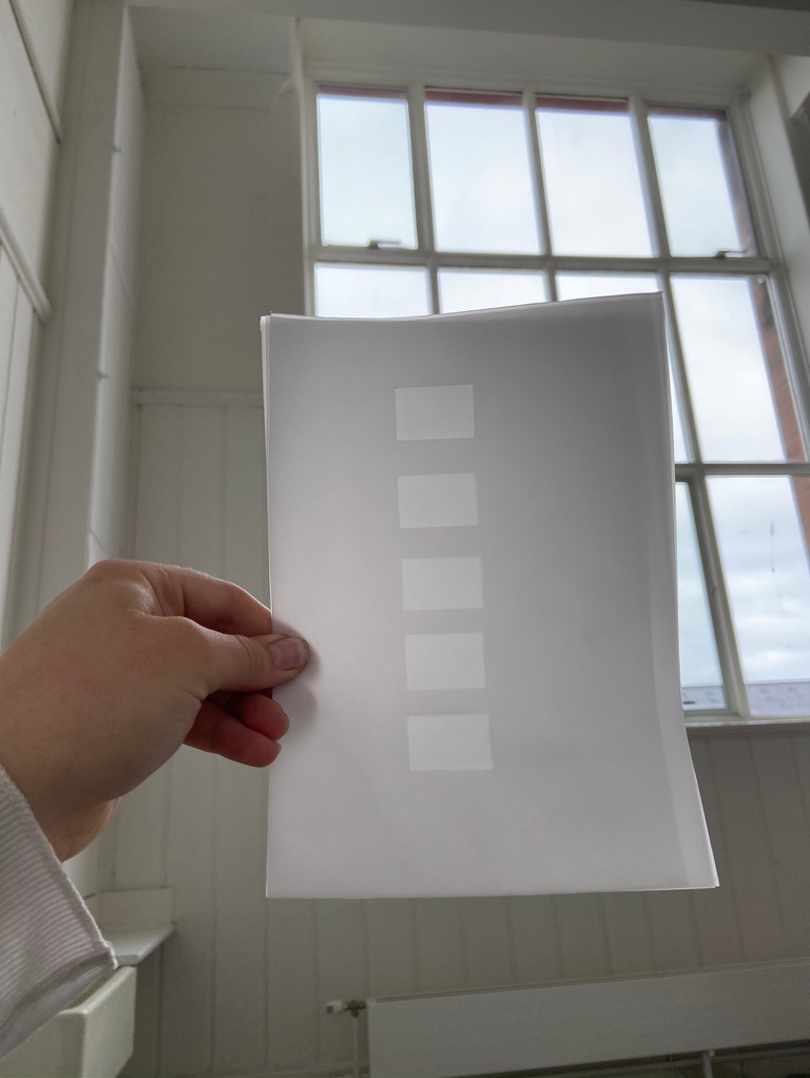
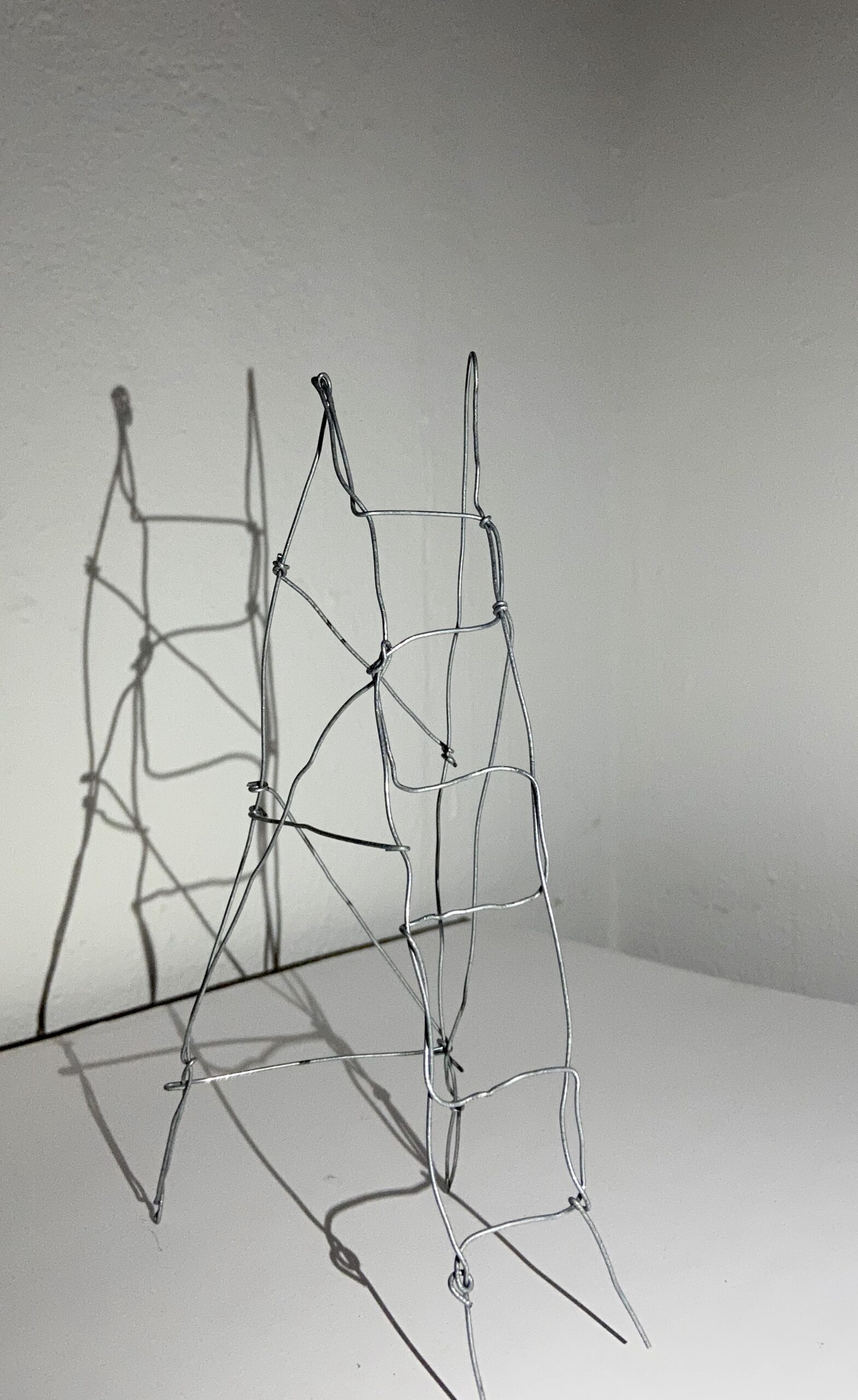
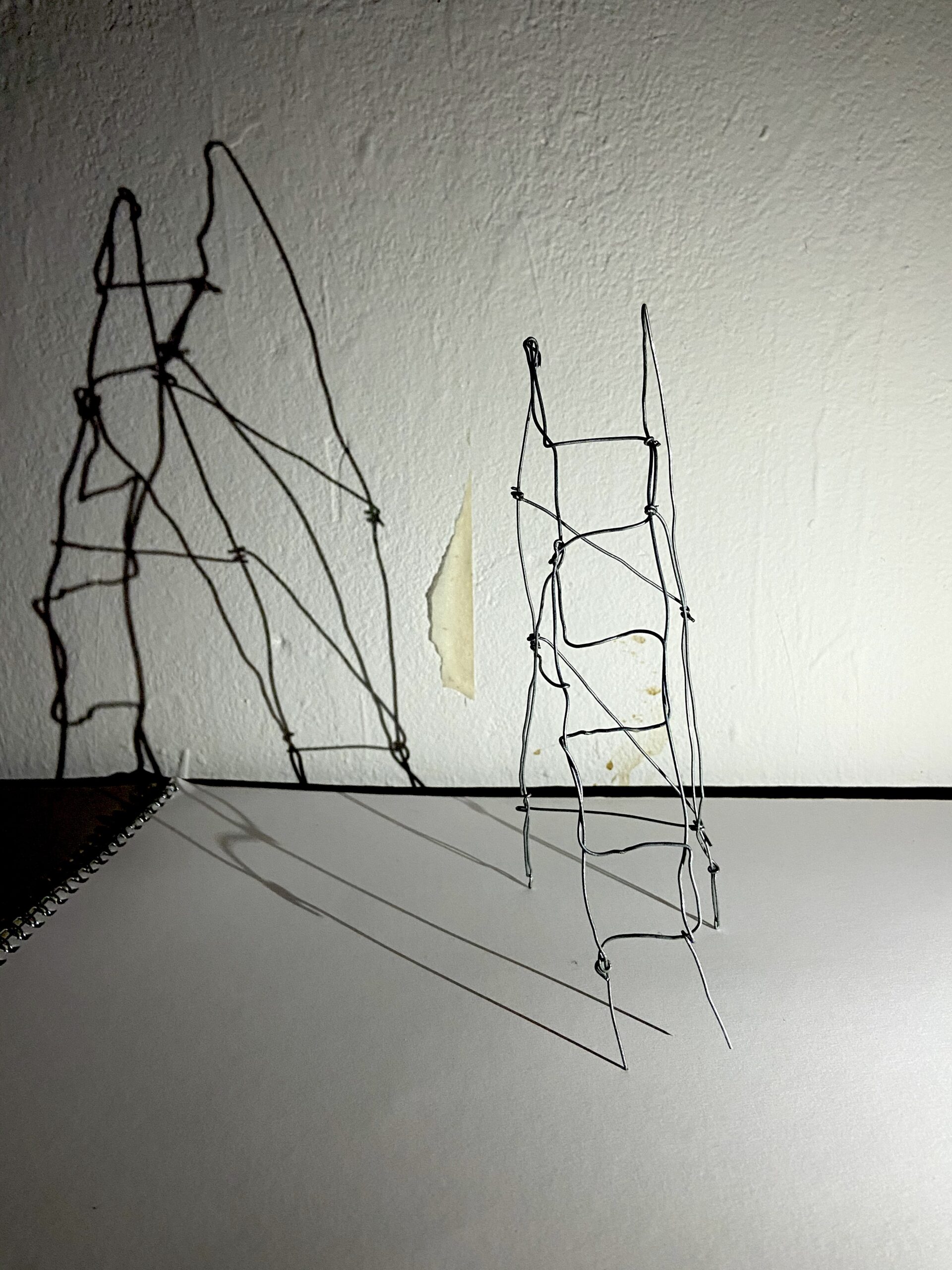

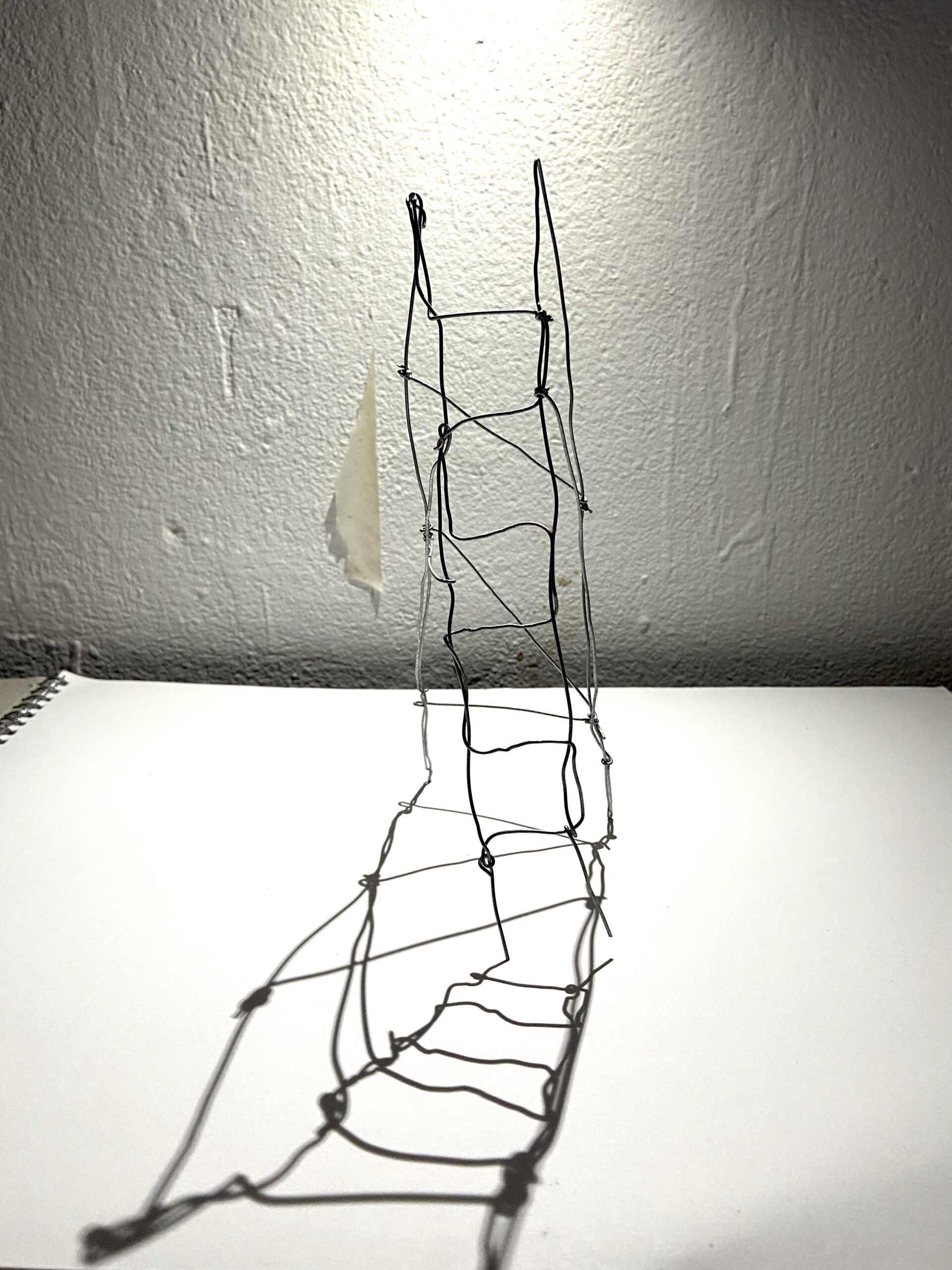
 Black and white photograph glued in an open wooden box
Black and white photograph glued in an open wooden box

